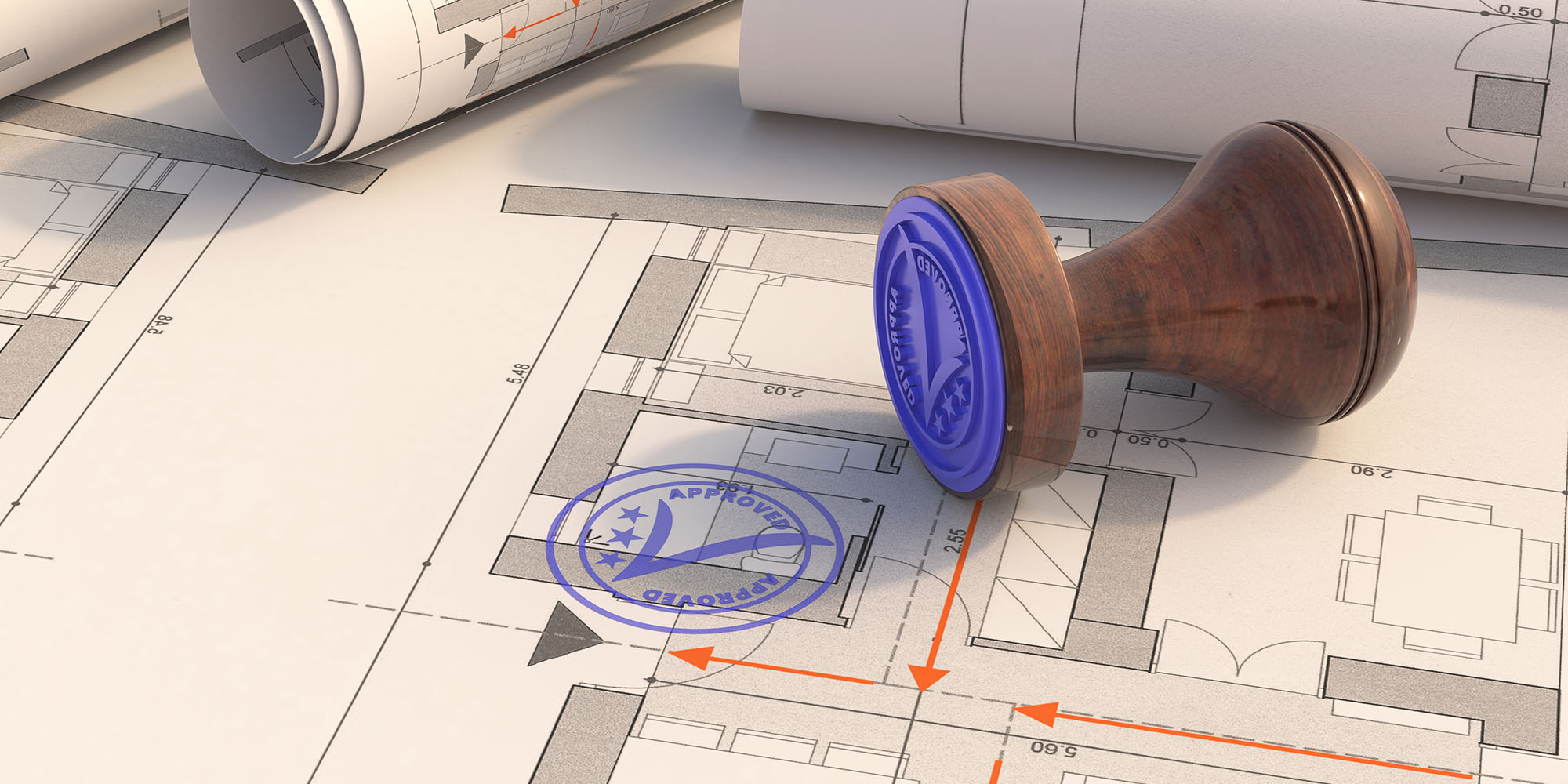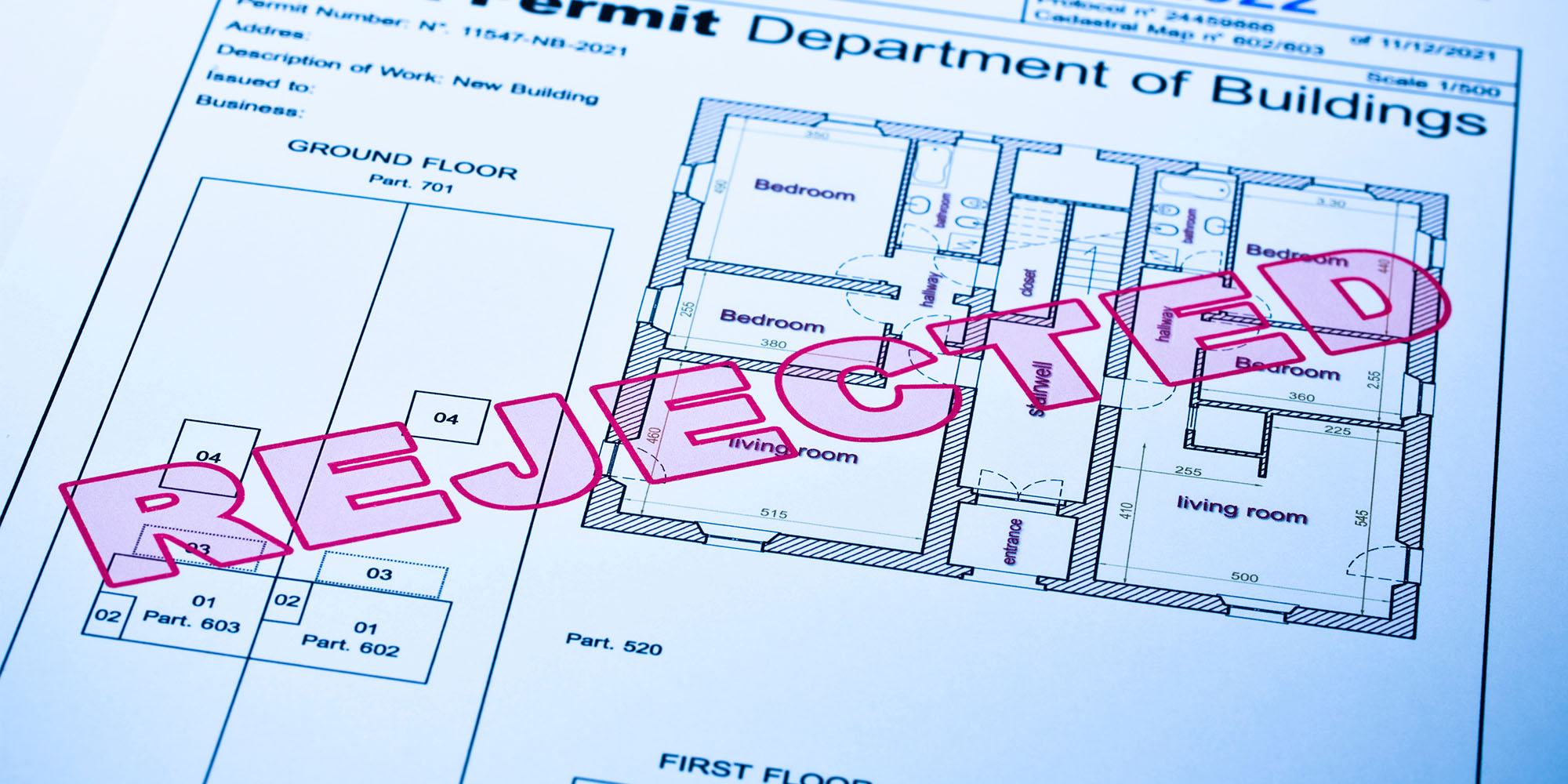Planning permission is one of the most important considerations in any building project, whether for developing a new home, extending an existing property or investing in a commercial space. But what happens if your application is refused?
Keep reading to hear our top tips on what to expect and how to avoid disappointment!

‘Why Was My Planning Application Refused?’
There are many reasons why planning permission can be refused, including:
- If a proposal is not in keeping with the character of the local area
- If the proposal doesn’t respect its surroundings
- It overlooks or overshadows neighbouring properties
- If the plan doesn’t align with local development plans or regulations
- Due to flood risks, biodiversity impacts or poor sustainability
- Due to missing documentation or poorly prepared drawings
‘What Should I Do If My Planning Application Has Been Rejected?’
If your planning application has been refused, you will have been issued a refusal notice outlining the reasons for the decision. Some refusals are fairly minor, such as technical drawing clarification, while others might require more significant redesign.
So, what are your options if your planning application has been refused?
- Revise and resubmit. Adjust your designs to address the concerns and then reapply.
- You can appeal the decision! In Ireland specifically, you can appeal to An Bord Pleanála within four weeks of refusal.
- Or you might consider withdrawing and rethinking. Sometimes, stepping back and reassessing your strategy is the smartest option.

Our Top Tips For Successful Planning Permission Applications
- Speak to an AWL architect early – a well-prepared design will make all the difference to your application. Our team understands how to balance your goals with the realities of planning regulations.
- Many councils offer a pre-application service that can provide early feedback and save time and money later on.
- Every local authority has its own priorities. Knowing these will help you shape your proposal for a better outcome.
- Designs that respect neighbours’ privacy and access are less likely to be rejected.
- Submit high-quality drawings and documents. Poorly detailed plans are a huge reason for refusals. Precision matters, and luckily, that’s what our team does best!
A rejected planning application is a setback no one wants, but it’s not the end of the world. We work closely with clients to navigate the planning system and create designs that stand the best possible chance of success.
If you’re planning a project and want to get it right from the start, we’d be happy to talk!
